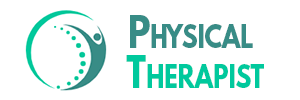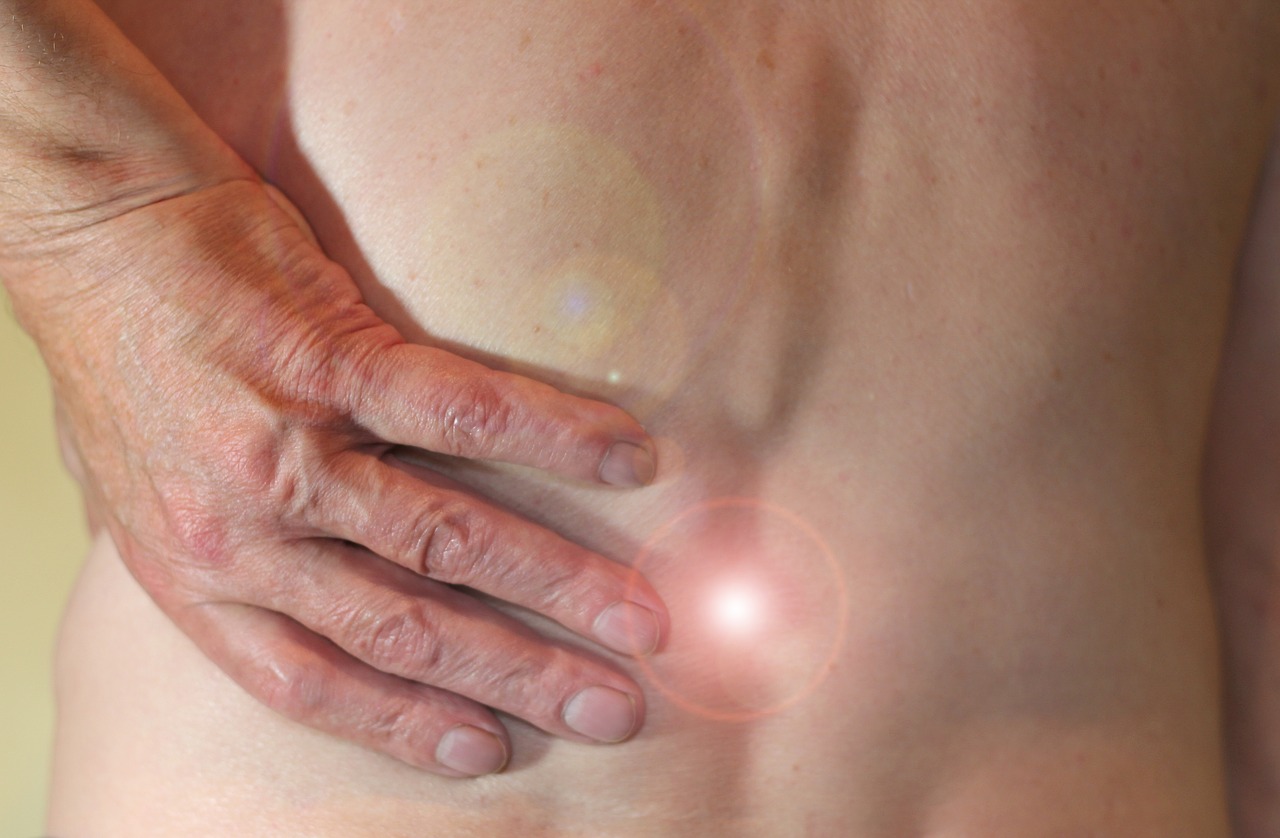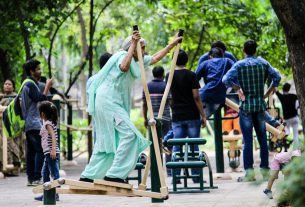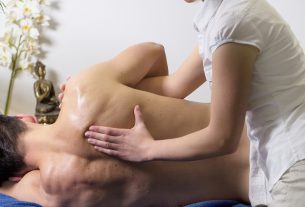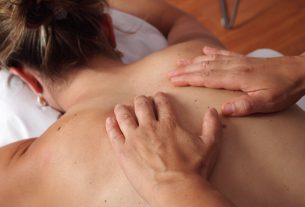You may have experienced having gone through a physical examination, x-rays and all, then a diagnosis of a rotator cuff tear. Now what started as an arm and shoulder pain ends with a doctor’s suggestion of immediate surgery. But hold your fire; an effective rotator-cuff tear physical therapy may just save you from having to go through any surgery. You can even have it your way, that is, through an educated and therapist-assisted home care.
The tear of a rotator-cuff tendon on the shoulder is the most common tendon tear in the human body. It is usually the result of chronic impingement due to tendon abrasion between the shoulder cap and the shoulder joint ball. This is similar to kneeling until the knee-part of your pants fray and your knees finally tears through. Tears of this kind occur with little or no trauma. Yet in the case of patients over 40-years old, rotator-cuff tear and shoulder-dislocation may occur despite normal tendon strength. In younger patients, however, the rotator-cuff tear occurs due to acute tendon overload from strenuous throwing sports. This may also result from incorrect weightlifting practice.
Having a rotator-cuff tear cured takes a realistic expectation which is important in planning to return to normal daily activities whether sports or work. Often jobs must be modified for many months, especially when tears are large enough to prevent a return to activities that may provoke re-tear of the cuff. The rotator-cuff rotates the shoulder, helps to stabilize the shoulder, and acts to depress or hold the shoulder down. With these rotator functions, it is thus best to get the best less risky and damaging treatment.
Rotator-cuff tear physical therapy centers on the strengthening of the intact rotator cuff tendons and deltoid and restoring the functional use of the upper extremity of the shoulder. The rotator-cuff tear physical therapy reduces the painful symptoms in part or in total.
Anti-inflammatory medications used together with the rotator-cuff tear physical therapy may help to ease the symptoms; but if these are not effective, then diagnostic tests and surgery may be the next step.
You may be diagnosed for surgery and you might as well take it. But before you go you must know that the most frequent complication of a rotator cuff tear surgery is the incomplete resolution of pain, if not, the inadequate restoration of full active motion and strength. On the other hand, infection is seen in less than 0.5% of patients, and neurological or anesthetic complications are exceedingly rare. Overall, the resolution of pain and improvement in functional capabilities occurs in over 85% of patients.
Nonetheless, you would still need an after arthroscopy surgical aftercare. Rotator-cuff tear physical therapy is of utmost importance in the first 2-months after surgery. Shoulder motion should be regained rapidly through passive exercises only, helping to minimize pain and stiffness while protecting the repair. Eventually, though, slowly active motion and strengthening shall be regained, through an educated and therapist-assisted home care.
